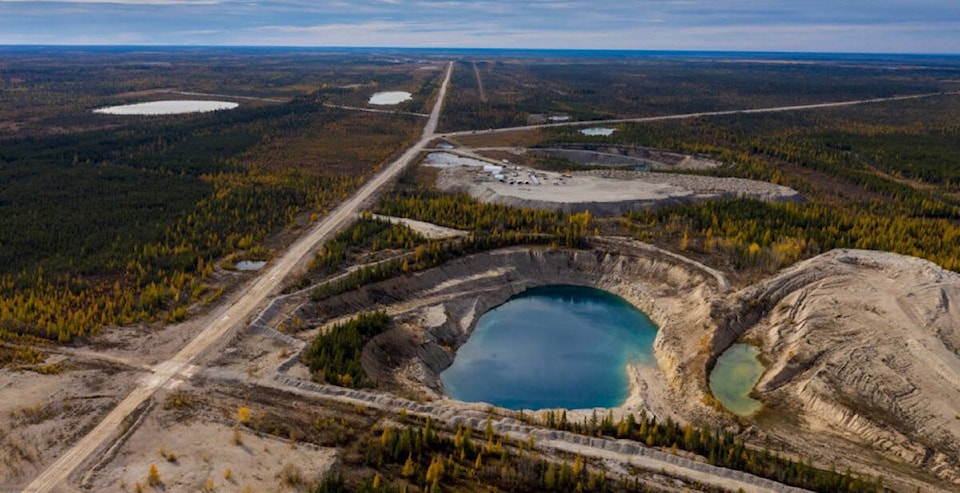The proposed lead-zinc mine at Pine Point is moving along as planned, according to the company behind the new project.
Town council received an update during its council meeting on Oct. 30 from Andrew Williams, the environmental manager for Pine Point Mining Limited (PPML). PPML is a joint venture between Osisko Metals and Appian Natural Resources Fund. Appian announced it had purchased a 60 per cent stake in the project for $100 million over four years this past February.
Williams’ presentation to council indicated that the mine’s life is expected to be 12 years with construction scheduled to begin in late spring of 2028. Operations are expected to begin one year later and is set to last until 2040.
The company is also committing to closure monitoring for at least 10 years following the mine’s shutdown.
But nothing will be able to happen until a developers’ assessment report is submitted to the Mackenzie Valley Environmental Impact Review Board, which Williams said should be ready by either March or April 2025.
Osisko Metals submitted an environmental assessment package to the review board in February 2021.
Williams said the mine is expected to have 47 new open pits and between one to five underground mines; the underground mines are on the west side of the Buffalo River.
“We’re grouping the proposed pits, or new mines, into what we’re calling clusters,” he said. “That enables to optimize how we go about dewatering them because there’s a lot of ground water we have to manage.”
The presentation stated that the mill locations will likely be in the area of the old plant site, but Williams said that’s still being reviewed.
When minerals are extracted, Williams said they will be trucked to Hay River from the mine site and then sent down south to a smelting facility by train.
During the comment and question period, Coun. Robert Bouchard asked about the power requirements at different levels of the project.
“Obviously, we use the hydro from Fort Smith and you guys would do the same, I’m assuming,” he said. “I’m not sure if you would take up all the surplus (power).”
Williams said the project would take as much surplus that the NWT Power Corporation would allow them to have.
“They would take into consideration factors like surge requirements etc. on the system, as well as emergency issues if one of their other facilities were to suffer some sort of stoppage,” he said. “We would like to use as much hydro power as we could.”
Williams noted that the Taltson plant wouldn’t be able to provide all the needed power, which he said could require the installation of liquid natural gas generators to supplement the power usage.
When asked by Bouchard about the amount of local and Northern companies being part of the project, Williams said there will be some large-scale procurement during the construction phase.
“There would obviously be guidelines that would direct as much as possible to Northern-based companies,” he said. “We’ll also be entering into a socio-economic agreement with the GNWT and that will have similar requirements.”
With regards to the mine life, Coun. Linda Dufour asked whether the end date of 2040 was because of agreements with various environmental agencies or when the company expects minerals to run out.
“It’s primarily based on when we expect the minerals to be mined out,” said Williams. “We’ll continue to do exploration throughout the project and if we discover additional mineral deposits – we’re currently exploring a couple of different areas – they will add to the life of the mine at the end of the day.”
Glenn Smith, the town’s senior administrative officer, asked Williams if there was anything the town should be doing to better support the mine.
Williams said it’s a bit early to talk about that because the feasibility study hasn’t yet been completed, but one thing the company wants to do is hire locally where it can.
“We need to look at training programs to prepare folks in the region for working in a mine,” he said. “There are lots of different types of jobs available: equipment operators to site maintenance, which includes electricians, plumbers and so on.”
He also said accounting and administrative services would be required as well.
According to Osisko, the mine is estimating that 329 million lbs. of zinc and 141 million lbs. of lead could be produced during the life of the mine with $5.6 billion in gross revenue after royalties possible.
